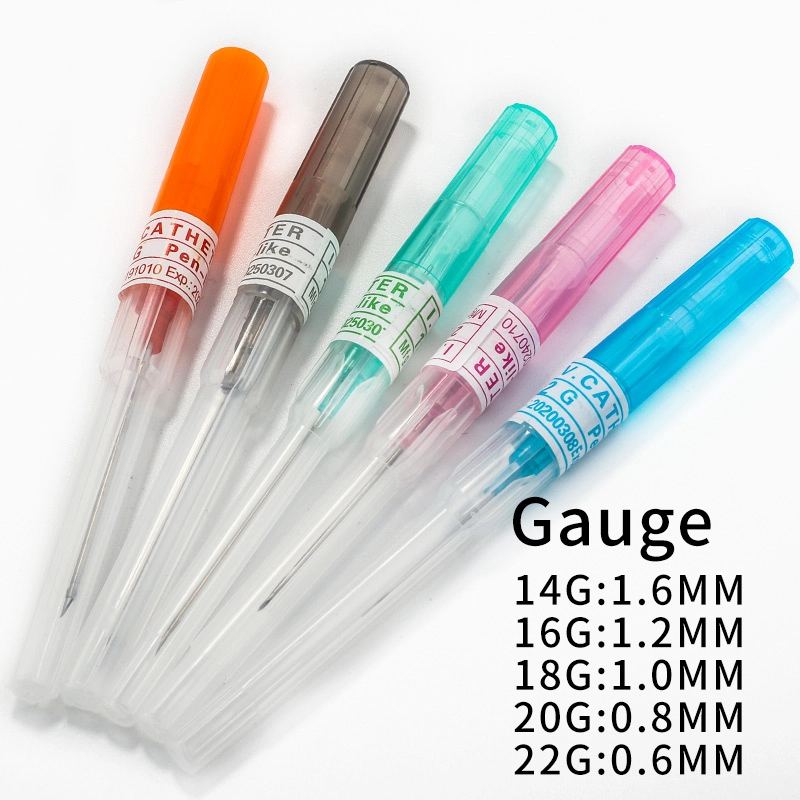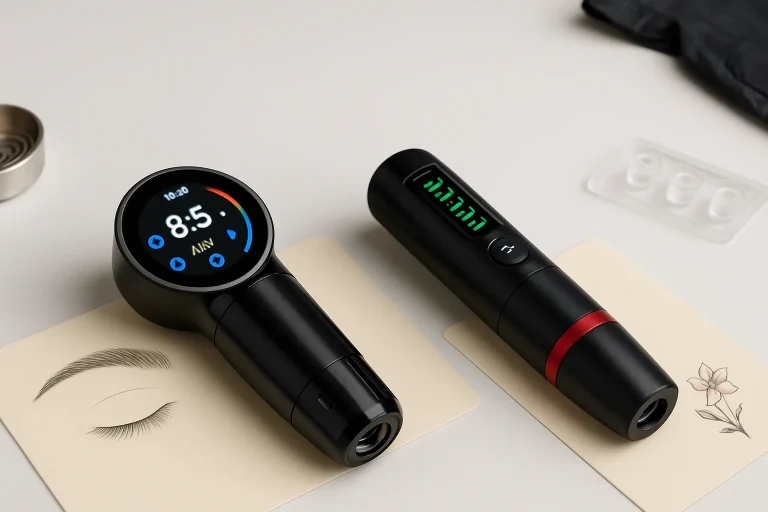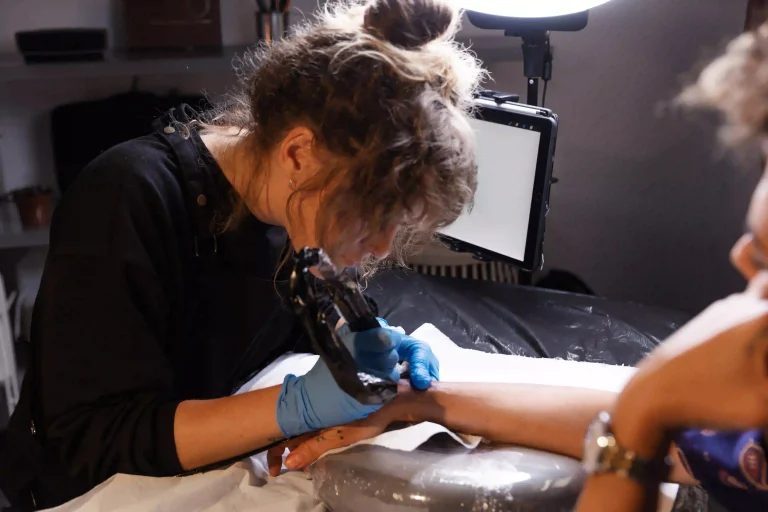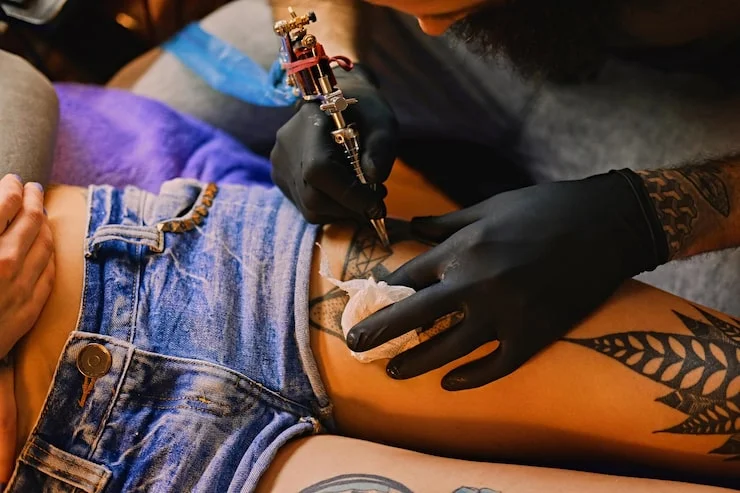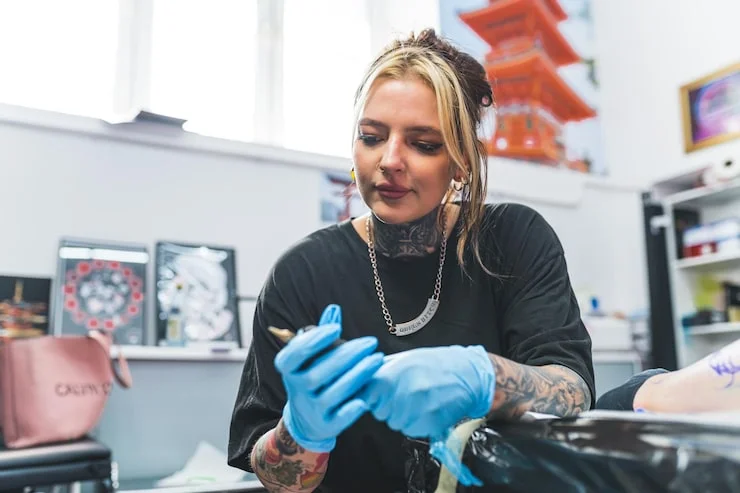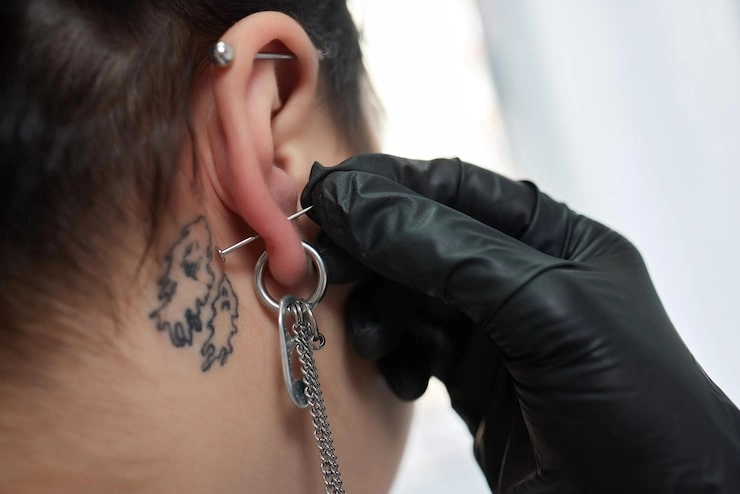
Body piercing mixes old traditions with fresh style trends. It demands real skill. Plus, you need solid tools for safe work, sharp accuracy, and top cleanliness. Are you a pro piercer? Or just starting out? Either way, knowing how each tool works and spotting good quality matters a lot. It leads to smooth jobs and happy clients. This guide covers the full lineup of tools for body piercing. From needles and clamps to cleaning rules. Let’s dive in.
Essential Body Piercing Tools and Their Functions
A pro piercing kit has many special tools. Each one boosts accuracy. It also ups safety. And it keeps things spotless during the job.
Piercing Needles
Piercing needles form the base of any job. They cut a neat hole for the jewelry. Simple as that.
- Cannula Needles vs. Standard Needles: Cannula needles come with a plastic tube. This tube stays in the hole after you pull out the needle. It makes sliding in jewelry way easier. Standard needles? They’re just solid metal. So, they call for more steady hands. Pros often pick cannula needles for tough spots. Think navels or industrials. Why? The ease wins out.
Besides, these tools shine in busy shops. They speed things up without cutting corners on safety.
- Gauge Sizes and Applications: Gauge means the needle’s thickness. Common picks? 18G (1.0mm), 16G (1.2mm), 14G (1.6mm), and 12G (2.0mm). Thinner ones fit nose or ear jobs. Thicker? They handle tongue or private area piercings. Picking the right size cuts down on tissue hurt. It also matches the jewelry just right. What’s more, it helps healing go faster.
First of all, always check the client’s needs. That way, you avoid mix-ups.
- Sterilization and Packaging: Every needle arrives pre-cleaned. And sealed alone. Autoclave zaps germs. It kills bacteria, viruses, and tough spores too. Thus, risks drop low.
No shortcuts here. Fresh packs every time.
Clamps and Forceps
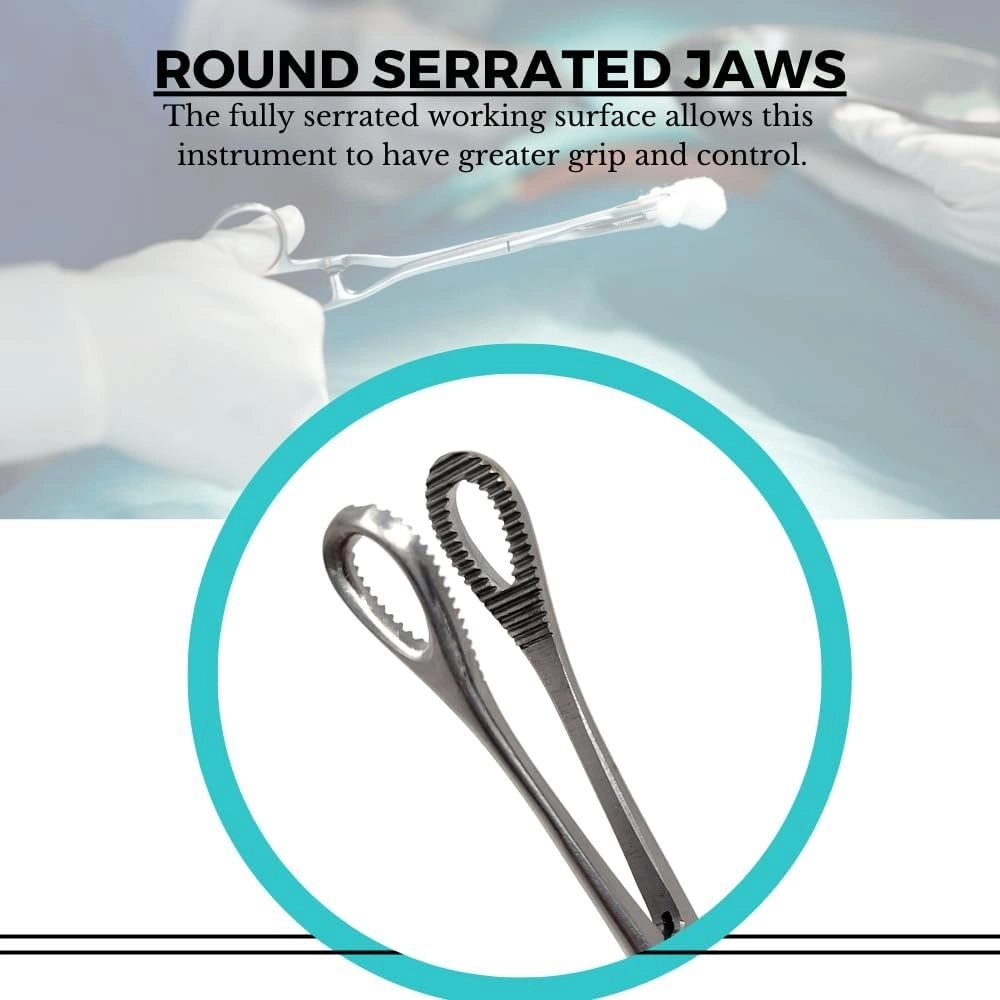
Clamps grab the skin tight. This steadies things for the pierce. It cuts down on wiggles from the client.
- Types of Clamps: Pennington clamps have pointy triangle ends. Perfect for flat skin piercings. Sponge forceps? Rounded tips work great on thick spots. Like tongues or bellies. Septum forceps include empty tubes. These line up nose piercings spot on.
So, match the tool to the task. It makes all the difference.
- Ensuring Precision and Safety: Clamps lock the spot. Pain eases up. Needles stay on track. Placements turn even. All key for a tidy finish. In short, they save headaches.
- Material and Design: Top stainless steel lasts long. It fights rust too. A comfy handle? It cuts hand strain. And boosts grip during long days.
3. Receiving Tubes and Needle Pushers
These aids shine on touchy zones. Or spots needing extra care. Receiving tubes back the skin. They shield extra areas as the needle goes through. Needle pushers steer the jewelry. No scrapes on nearby skin. Lip, brow, or chest piercings love them.
They’re not always needed. But when they are? Game-changers.
4. Body Piercing Guns
You see these in stores often. Yet pros debate them hotly. Stick to earlobe jobs only. Even there, most skip them for needles. Needles hurt less. Guns? Hard to clean fully between folks. Unless toss-away types. They ram a dull stud hard. This scars easy. Healing drags on. Infections spike too.
Bottom line: Skip ’em if you can. Safety first.
Ring Opening and Closing Pliers
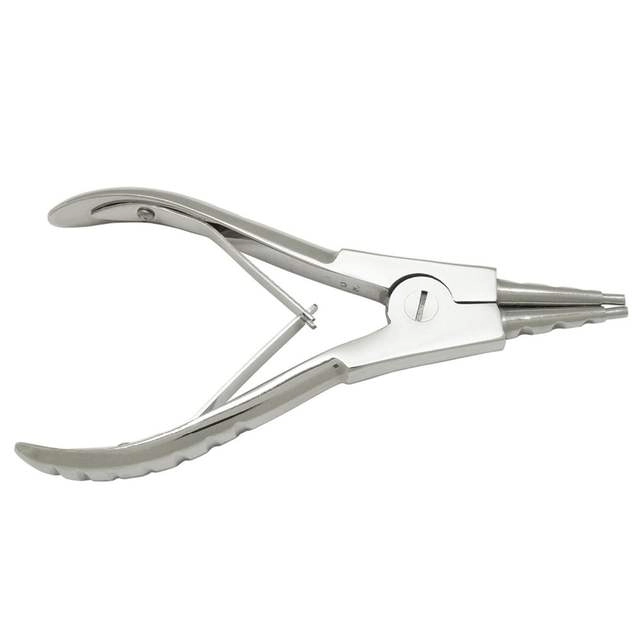
Handling jewelry takes care. Wrong tools scratch it. Or nick the client. Ring openers spread captive bead rings soft. Closers snap them shut post-insert. Mess up? You wreck the gear. And the pliers.
So, invest in the right set. It’ll pay off.
Materials Used in Body Piercing Tools
Tool stuff affects safety big time. It also sets how long they last.
- Stainless Steel: Surgical-grade stainless rules the field. Why? It won’t react. And shrugs off rust.
- Autoclavable Properties: Gear must take heat blasts. Over 121°C or 250°F. No bends. No breakdowns. Med-grade steel nails it.
Thus, cycles run smooth. No worries.
- Durability and Corrosion Resistance: That chrome layer guards well. It blocks rust. So, tools stay clean and tough for years.
Pick wisely. It’ll save cash down the line.
Hygiene Standards in Body Piercing
Clean rules are law. They block blood germs from spreading.
- Sterile Packaging: Tools hit shelves sealed tight. Tamper-proof. With lot codes and end dates. Easy to track.
- Single-Use vs. Reusable Tools: One-time stuff like needles? They slash germ swaps. Reusables—clamps, say—need full autoclave blasts per person.
No skimping. Ever.
- Best Practices for Disinfection: Start with sonic baths for reusables. Scrub off gunk. Then pouch and autoclave. Strips inside? They prove the job worked.
What’s more, log each run. It covers your back.
Choosing the Right Tool for Each Piercing
Body spots vary wild. Each throws curveballs. So, tools must fit.
- Tool Requirements by Area: Earlobes? Basic clamps and straight needles do. Cartilage? Tubes catch the exit. Nostrils? Septum forceps align true. Lips and tongues? Sponge types tame the bulk.
First off, scout the site. Then gear up.
- Matching Gauge to Jewelry: Right size means snug fit. No forced pulls. This skips snags. And speeds recovery.
- Factors Influencing Selection: Body shape counts. Skin depth too. Style wishes. Old scars? All play in. Tailor it. Clients notice.
In fact, chat it out. Builds trust.
Tips for Maintaining Your Piercing Tools
Care right keeps tools kicking. And meets health checks.
- Cleaning: Post-job, soap with enzyme wash. Clears bits. Then sonic clean. Autoclave last.
Quick rinses won’t cut it. Do it full.
- Storage: Tuck sterile stuff in marked spots. Dry shelves. No wet. No sun. Germs stay out.
- Inspection: Eyeball before use. Look for kinks. Chips. Blunts. Spot issues early. Dodges slips. Trims bills. Grab from pros like Yaba Tattoo Supply. They ship tough, safe starters.
FAQs
Q1: What is the best material for body piercing tools?
A: Surgical-grade stainless steel tops the list. It’s rust-proof. Tough for hot autoclaves. And skin-friendly. That cuts itch risks for clients.
Q2: Can I reuse my body piercing tools?
A: Sure, for reusables like clamps or forceps. But only if autoclave-ready, like stainless. Clean sonic first. Sterilize fresh each go. Blocks germ hops. Needles? Toss after one. Always.
Q3: Are piercing guns safe compared to needles?
A: Pros mostly say no. Guns blunt-ram studs. That tears tissue bad. Healing slows. Germs love it. Sharp, one-shot needles slice clean. They’re the safe pick. Hands down.

